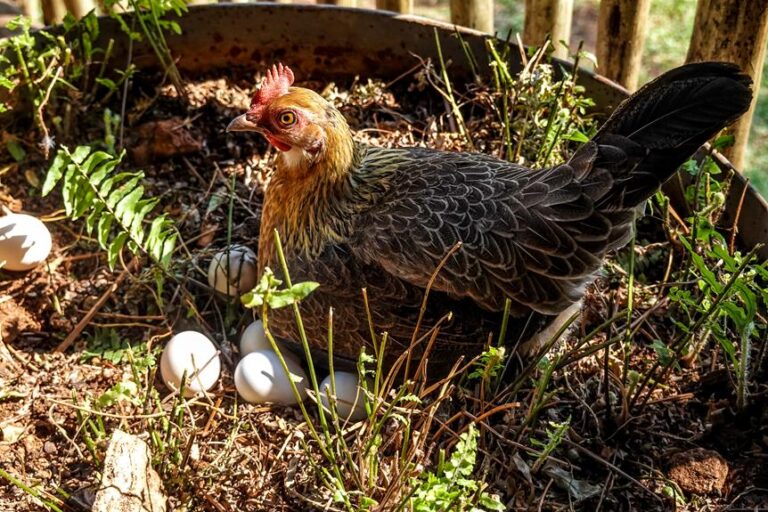Talking birds have long fascinated humans with their unique ability to mimic human speech. From parrots to mynah birds, these avian creatures have the remarkable ability to imitate and reproduce human language.
In this article, we will explore the anatomy, evolution, psychology, neurobiology, genetics, training, communication, implications, and future of talking birds.
Contents
The Anatomy of Talking Birds: What Makes Them Unique?
Talking birds possess certain physical characteristics that allow them to mimic speech. One such feature is their syrinx, a specialized vocal organ located at the base of their trachea.
The syrinx is responsible for producing the wide range of sounds that birds can produce, including human speech. Additionally, the tongue muscles of talking birds are highly flexible and dexterous, allowing them to manipulate sounds and reproduce human speech patterns.
The Evolution of Talking Birds
The development of the ability to mimic speech in certain bird species is a subject of much debate among scientists. One theory suggests that mimicry evolved as a result of sexual selection, with birds using their ability to mimic speech as a way to attract mates.
Another theory proposes that mimicry evolved as a form of social interaction and communication within bird communities. Regardless of the exact evolutionary pathway, it is clear that natural selection and environmental factors played a significant role in the development of this unique skill.
The Psychology of Talking Birds: Why Do They Mimic Human Speech?
The reasons why talking birds mimic human speech are multifaceted. One reason is social interaction. Talking birds often mimic speech as a way to engage with their human caretakers or other birds in their environment.
This behavior can be seen as a form of attention-seeking behavior, as birds learn that mimicking speech can elicit a response from those around them. Additionally, some birds may mimic speech unintentionally, simply because they are exposed to human language on a regular basis.
The Neurobiology of Talking Birds: How Does Their Brain Process Language?
The neurobiology of talking birds is a complex and fascinating area of study. Research has shown that birds possess specialized brain regions involved in language processing, similar to those found in humans.
These regions, such as the avian equivalent of the human Broca’s area, are responsible for the production and comprehension of speech-like sounds.
However, there are also notable differences between bird and human language processing, suggesting that birds have their own unique way of processing and producing speech.
The Genetics of Talking Birds: Is It Inherited or Learned?
The ability to mimic speech in talking birds is influenced by both genetics and learning. Studies have shown that certain vocalizations are inherited, with specific genes playing a role in the development of these vocal abilities.
However, social learning also plays a crucial role in the development of speech in birds. Young birds learn to mimic speech by observing and imitating the vocalizations of their parents or other members of their social group.
The Training of Talking Birds: How Do They Learn to Speak?
Training talking birds to mimic speech involves a combination of repetition and positive reinforcement.
By repeatedly exposing birds to specific words or phrases and rewarding them with treats or praise when they produce the desired vocalization, caretakers can encourage the development of speech-like sounds.
Early socialization is also important, as birds that are exposed to human language from a young age are more likely to develop the ability to mimic speech.
The Communication of Talking Birds: What Are They Saying?
The vocalizations of talking birds can have various meanings. Some birds may mimic the sounds of other birds as a form of communication within their own species.
Others may mimic human speech as a way to interact with their human caretakers or to seek attention. While it is unlikely that talking birds fully understand the meaning of the words they mimic, their vocalizations can still serve as a means of communication and social interaction.
The Implications of Talking Birds
Studying talking birds can provide valuable insights into language development and communication. By understanding how birds are able to mimic speech, researchers can gain a better understanding of the neural mechanisms and genetic factors involved in language processing.
Additionally, studying talking birds can shed light on the potential for communication between humans and other species, challenging our assumptions about the uniqueness of human language.
However, it is important to consider the ethical implications of owning and training talking birds. Birds are highly intelligent creatures that require proper care and stimulation. It is crucial that bird owners provide a suitable environment for their avian companions and ensure that their training methods are humane and respectful of the bird’s natural behaviors.
The Future of Talking Birds
Current research on talking birds continues to uncover new insights into their behavior and abilities. Scientists are exploring the genetic basis of vocal mimicry in birds, as well as the neural mechanisms involved in language processing.
Additionally, researchers are investigating the potential for communication between humans and talking birds, using advanced technology to analyze and interpret avian vocalizations.
The future of talking bird research holds great promise for our understanding of language and communication. By studying these remarkable creatures, we can gain a deeper appreciation for the complexity and diversity of the natural world.
Conclusion
Talking birds possess a unique ability to mimic human speech, captivating humans with their remarkable vocalizations.
By exploring the anatomy, evolution, psychology, neurobiology, genetics, training, communication, implications, and future of talking birds, we can gain a deeper understanding of these fascinating creatures and the insights they provide into language and communication.
As research in this field continues to advance, we can look forward to uncovering even more about the remarkable abilities of talking birds and their significance in our understanding of the natural world.






